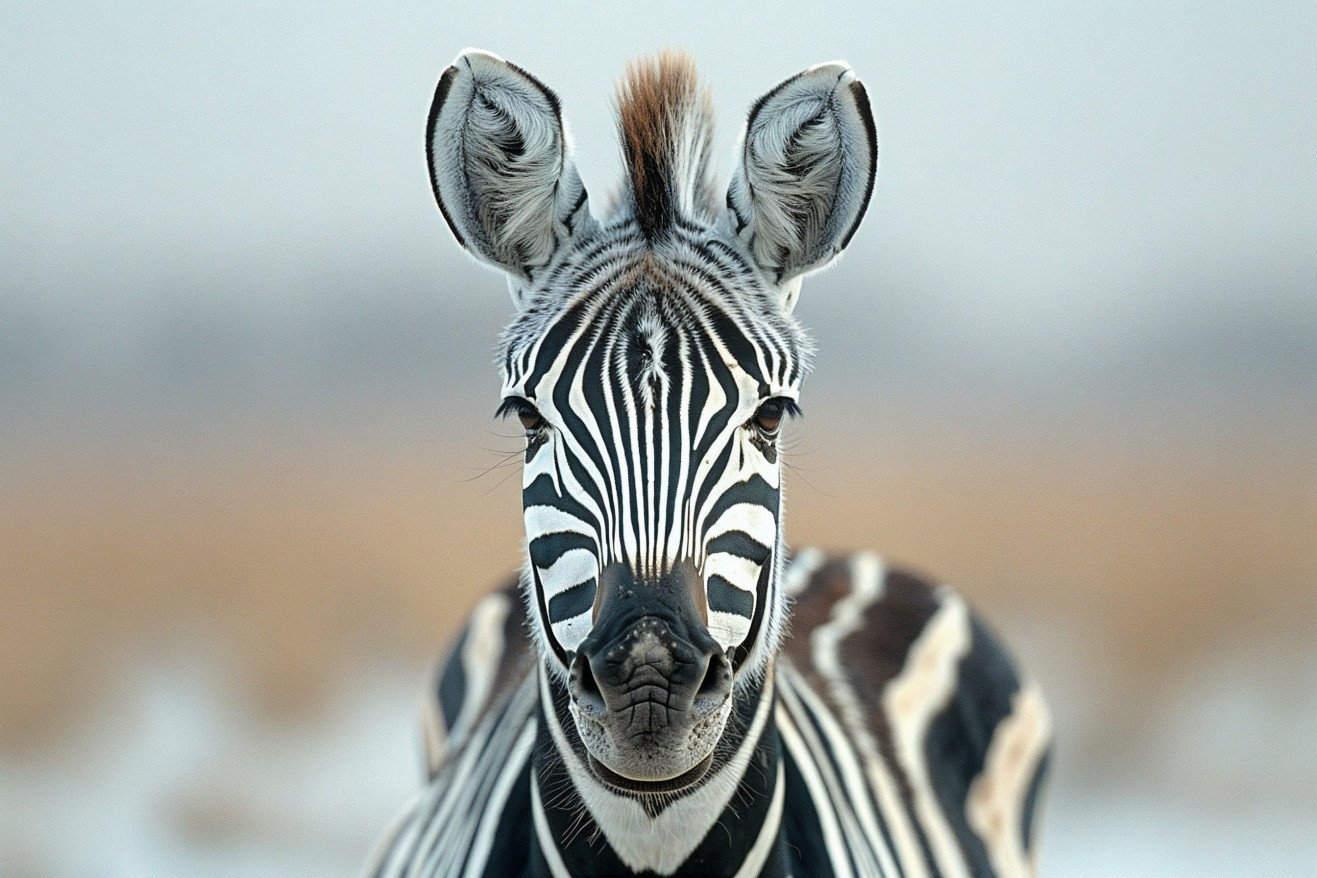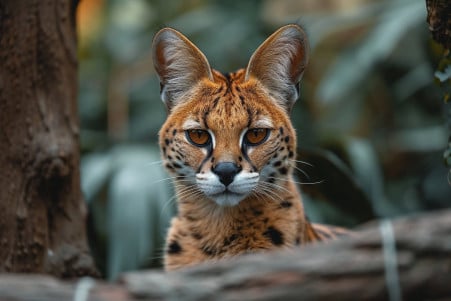Zebra Aggression: Why Are Zebras So Mean?
26 May 2024 • Updated 25 May 2024

Despite their calm and peaceful appearance, zebras are actually some of the most aggressive animals in the wild. Zebras are territorial and will often exhibit aggressive behavior to protect their territory, herd, or young from potential predators like lions and hyenas - their powerful kicks and bites can even break the jaw of a lion.
To understand why zebras are so aggressive, we'll explore findings from animal behavior and zoological research on zebra aggression and social behavior in their herd settings. This work sheds light on the role of dominance, competition for resources, and protecting vulnerable members of the herd in driving zebra aggression. Understanding the biological roots of their aggression can help us better understand the harsh realities of life on the African savanna.
Are Zebras Aggressive?
Zebra Aggression vs. Horses: What’s the Difference?
Zebras are much more aggressive and dangerous than horses, which have been bred for generations to be more docile. Zebras, on the other hand, have never been bred for domestication and still have their wild instincts. They see humans as predators and will fight to keep their freedom.
Zebras’ quick reflexes mean that they can deliver powerful kicks and bites, and there are reports of zebras causing serious injury and death to people who have attempted to get close to them. In addition to their aggression, zebras are hard to domesticate because they don’t have a clear social hierarchy that humans can become a part of, and their backs are weaker and less supportive than those of horses, making them less suitable for riding. These natural characteristics are why zebras’ aggression and bold stripes have evolved to help them survive in the wild.
Territorial Instincts and Herd Dynamics
Zebras are territorial animals and will fight to protect their resources and space from other animals. One study on zebra aggression notes that zebras are also driven to protect vulnerable members of their herds, especially young foals, from predators like lions and hyenas.
The social behaviors and herd dynamics of different zebra species also differ. Plains zebras live in family groups with a single male, while Grevy's zebras have more solitary territorial males. Knowing these social structures and hierarchies is important to understanding why zebras are aggressive. As discussed in a study on female equid social behavior, territorial instincts and the desire to protect vulnerable members of the herd are important in understanding how zebras interact with each other.
Defensive Behaviors and Communication
Zebras have a number of defensive behaviors that help them avoid predators and other dangers. They use visual signals like ears pricked and held back, head held high, teeth bared, and high-stepping to show aggression. In addition, zebras use vocal signals, such as alarm calls, squeals, and distinct braying from territorial males, and scent signals, such as urine and dung marking, to show their dominance.
When they need to get away from a predator, zebras can walk, trot, and gallop at speeds of up to 34 miles per hour. If a member of their herd is attacked, the other zebras will form a protective barrier around the individual and fend off the predator. They are also always on the lookout for danger, with at least one member of the herd staying awake to watch for predators during the night.
These defensive behaviors and communication methods are essential for zebras to avoid being eaten by lions and hyenas in the wild. Learning about the many ways they show dominance and protect their herds helps researchers better understand the aggressive tendencies that are at the root of their iconic stripes.
Why Do Zebras Have Stripes?
The black and white stripes that cover a zebra's body have been a source of curiosity for scientists for centuries. The most widely accepted explanation for the evolution of zebra stripes is that they help protect the animals from biting flies that carry lethal diseases. A New York Times article reports that studies have shown that flies have a harder time landing on striped surfaces, which may be due to the way the stripes interfere with their low-resolution vision.
A PLOS One study even demonstrated that the number of stripes on a zebra's body is directly related to the number of biting flies in their environment. Although other ideas have been proposed, including that the stripes help the animals blend into their surroundings or confuse predators, the fly-repelling explanation is the most well-supported. As noted by National Geographic, the need to repel flies is especially important for zebras because their hair is so short, leaving them more exposed to the bites of disease-carrying flies.
Conservation Implications and Atypical Striping
In addition to the potential evolutionary implications of atypical striping, there are also conservation concerns. Atypical striping has become increasingly common in zebras in recent years, with some animals having spots instead of stripes. The African Wildlife Foundation notes that atypical striping is more common in smaller, isolated populations of zebras with less genetic diversity, which is likely due to habitat fragmentation and degradation caused by human activities.
The findings of the study in Molecular Ecology show that atypical striping could make zebras more visible to predators, which suggests that the mutations that cause atypical striping are selected against in the wild. As noted in a National Geographic article, the changes in zebra stripes are a visual warning of the threats to their species.
Conclusion: Understanding and Appreciating Zebra Aggression
Zebras are naturally aggressive creatures, and their behavior is motivated by territoriality and the desire to protect their groups. Their distinctive stripes, which have long been a mystery, have finally been explained as an evolutionary response to their environment. Although they may look beautiful and harmless, zebras are animals that should be approached with care and an understanding of their wild nature.
Learning about zebra aggression and other aspects of their behavior helps people to better understand and appreciate the way they have adapted to survive in their challenging environment. It also highlights the importance of the ongoing work to save these animals and the special characteristics, including their aggression, that have evolved to help them survive.


